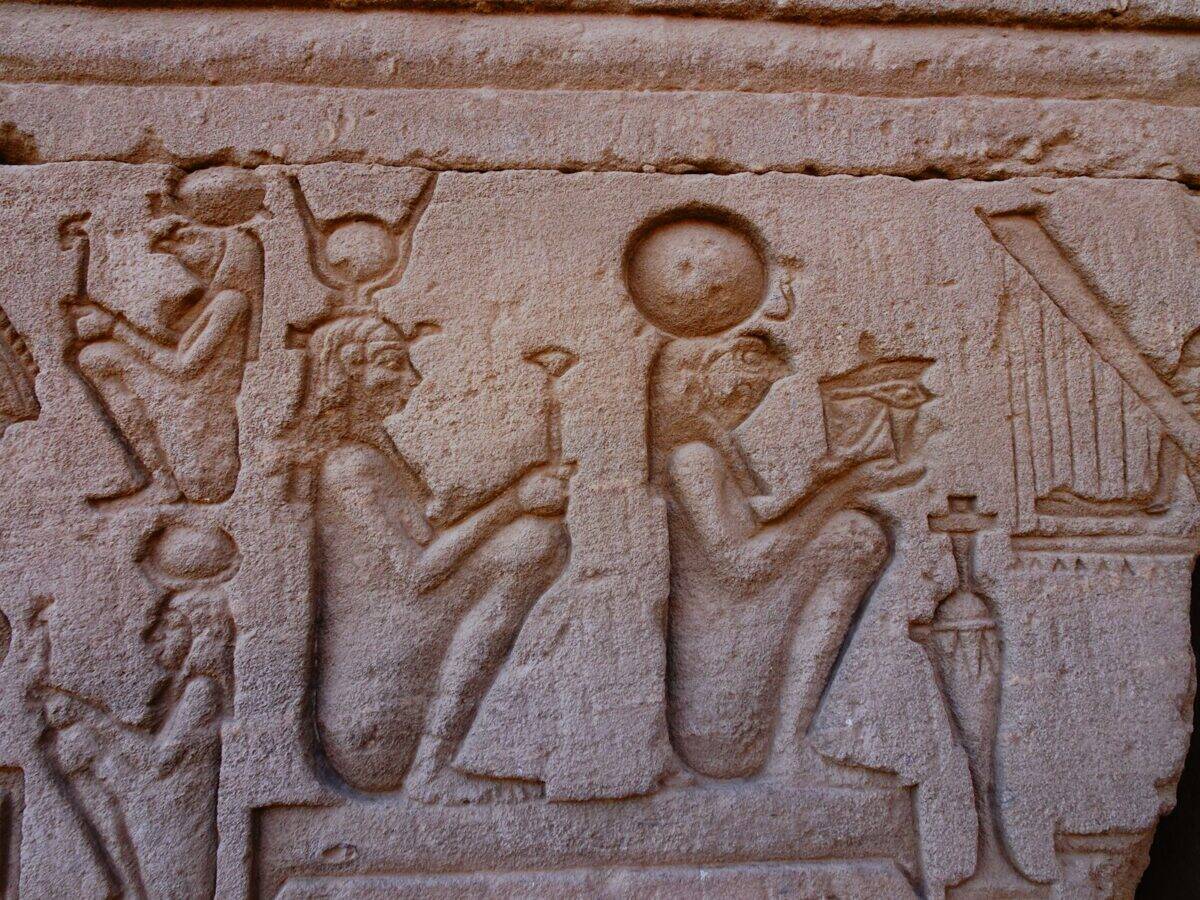In the shadow of the magnificent pyramids and alongside powerful deities like Ra and Osiris, a humble amphibian held significant religious importance in Ancient Egypt. Frogs were not merely swamp-dwelling creatures in Egyptian culture but sacred beings worthy of reverence and worship. This fascination with frogs extended beyond simple animal admiration into a complex religious system where these amphibians represented divine concepts of fertility, resurrection, and life itself. Archaeological evidence reveals frog amulets, statues, and hieroglyphs throughout Egyptian history, demonstrating the profound impact these creatures had on one of history’s most enduring civilizations. The story of why and how frogs achieved such venerated status offers us a window into ancient Egyptian thought, religious practices, and their profound connection to the natural world.
The Frog Goddess Heqet: Egypt’s Divine Amphibian
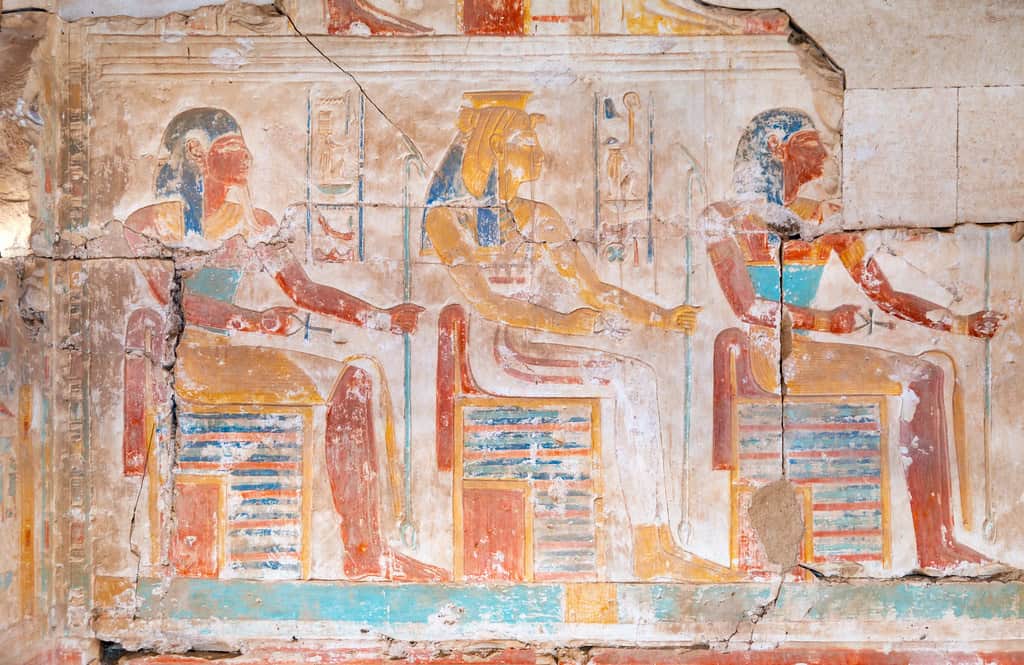
At the center of Egyptian frog worship was Heqet (also spelled Heket), a powerful goddess typically depicted with the head of a frog or entirely in frog form. As one of Egypt’s oldest deities, Heqet was primarily associated with fertility and childbirth. Her name appears in texts dating back to the Old Kingdom (2686-2181 BCE), though her worship likely predates written records. The goddess was particularly invoked during childbirth, where midwives often carried amulets bearing her image to ensure safe deliveries.
Heqet’s significance stemmed partly from the Egyptian observation of frogs’ remarkable reproductive capabilities, producing numerous offspring at once. In Egyptian mythology, she assisted Isis in bringing Osiris back to life and helped birth the sun each morning. The goddess became so important that a temple dedicated to her worship was established at Qus (ancient Gesa) in Upper Egypt, where pregnant women would pray for her protection. Royal women particularly venerated Heqet, with Queen Hatshepsut claiming the goddess assisted in her miraculous birth, thereby reinforcing her right to rule.
Frogs and Creation Mythology

Frogs occupied a special place in Egyptian creation mythology as primordial creatures. According to several ancient texts, frogs were believed to be among the first animals created when the world emerged from the primeval waters of Nun. The Ogdoad, a group of eight primordial deities worshipped at Hermopolis, included four frog-headed gods representing aspects of creation before the world began. These frog deities embodied concepts of formlessness, darkness, hiddenness, and infinity that characterized the universe before order was established.
This association with creation itself placed frogs at the foundation of Egyptian cosmology. Texts from the Book of the Dead and the Coffin Texts mention the “Great Croaker” who announced the creation of the world with his voice, similar to how real frogs announce the life-giving annual flood with their croaking. This connection to creation and primordial existence gave frogs a mystical quality in Egyptian religion, representing the mysterious forces that brought the universe into being. Their ability to seemingly emerge spontaneously from mud after the Nile’s flooding reinforced their connection to creation ex nihilo—emergence from nothing.
The Nile’s Annual Flood and Amphibian Symbolism

The appearance of frogs coincided with one of the most important events in ancient Egyptian life: the annual flooding of the Nile River. Each year, as the waters receded, frogs would emerge in great numbers from the newly moistened soil. To the Egyptians, this phenomenon symbolized rebirth and renewal, directly connecting frogs to the agricultural cycle that sustained their civilization. The timing was no coincidence—frogs appeared just as the land became fertile again, creating a natural association between these amphibians and agricultural prosperity.
This synchronicity led Egyptians to view frogs as harbingers of good fortune and abundance. Their sudden appearance in vast numbers following the flood was interpreted as a divine message about the forthcoming harvest. Agricultural workers might carry frog amulets to ensure good yields, while landowners performed rituals honoring Heqet at the beginning of the planting season. The amphibians’ apparent ability to predict the flood through increased croaking before the waters rose further enhanced their mystical reputation. For a civilization entirely dependent on the Nile’s predictable cycles, any creature connected to this pattern naturally assumed religious significance.
Resurrection and Rebirth Symbolism
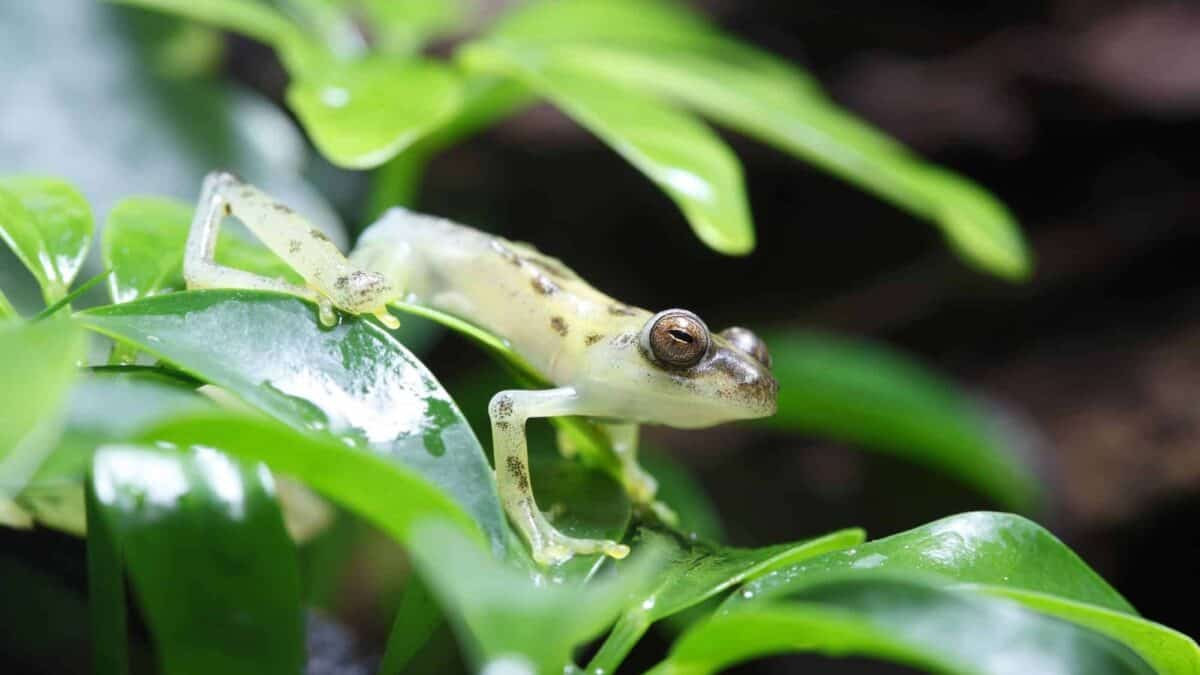
Perhaps the most profound reason for frog worship in ancient Egypt was the amphibian’s natural life cycle, which Egyptians interpreted as a powerful symbol of resurrection. Frogs appeared to vanish during dry seasons, only to return in abundance when conditions improved. This disappearing and reappearing act mirrored Egyptian concepts of death and rebirth, central themes in their religious thinking. The transformation of tadpoles into frogs provided further evidence of regeneration and metamorphosis, concepts deeply important in Egyptian afterlife beliefs.
This resurrection symbolism made frogs particularly relevant to funerary practices. Frog amulets were commonly placed with the deceased to ensure rebirth in the afterlife. The 40th spell from the Book of the Dead directly references the frog’s regenerative powers, stating that the deceased “shall live again like Heqet lives again.” Archaeological discoveries have revealed numerous frog-shaped amulets and figurines in tombs across all social classes, demonstrating how universally accepted this symbolism was throughout ancient Egyptian society. The image of the frog became a powerful hieroglyph meaning “resurrection” or “hundreds of thousands,” connecting the creature to both eternal life and abundance.
Frogs in Egyptian Medical Practices
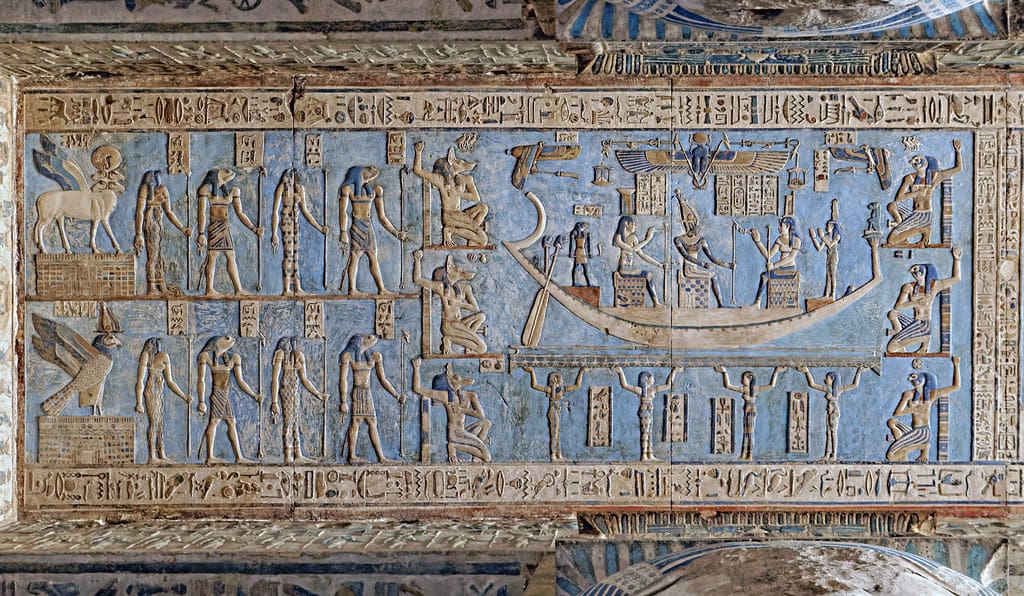
Beyond religious significance, frogs played a practical role in ancient Egyptian medicine and magical healing practices. Medical papyri such as the Ebers Papyrus (c. 1550 BCE) contain numerous prescriptions involving frogs for treating various ailments. Physicians would prepare remedies using frog parts to treat conditions ranging from skin disorders to fertility problems. One prescription recommends a dried and ground frog mixed with honey to treat eye infections, while another suggests applying a live frog to the throat to relieve inflammation.
Pregnant women often wore frog amulets not only for Heqet’s divine protection but also for what Egyptians believed were practical medical benefits. The association between frogs and successful reproduction led to their use in fertility treatments and aphrodisiacs. Egyptian medical practitioners also observed frogs’ sensitivity to environmental changes, using their behavior to predict weather patterns and seasonal transitions that might affect human health. This practical application of frog observation further elevated their status beyond mere religious symbolism, integrating them into everyday healthcare practices and reinforcing their importance in Egyptian society.
Archaeological Evidence of Frog Worship
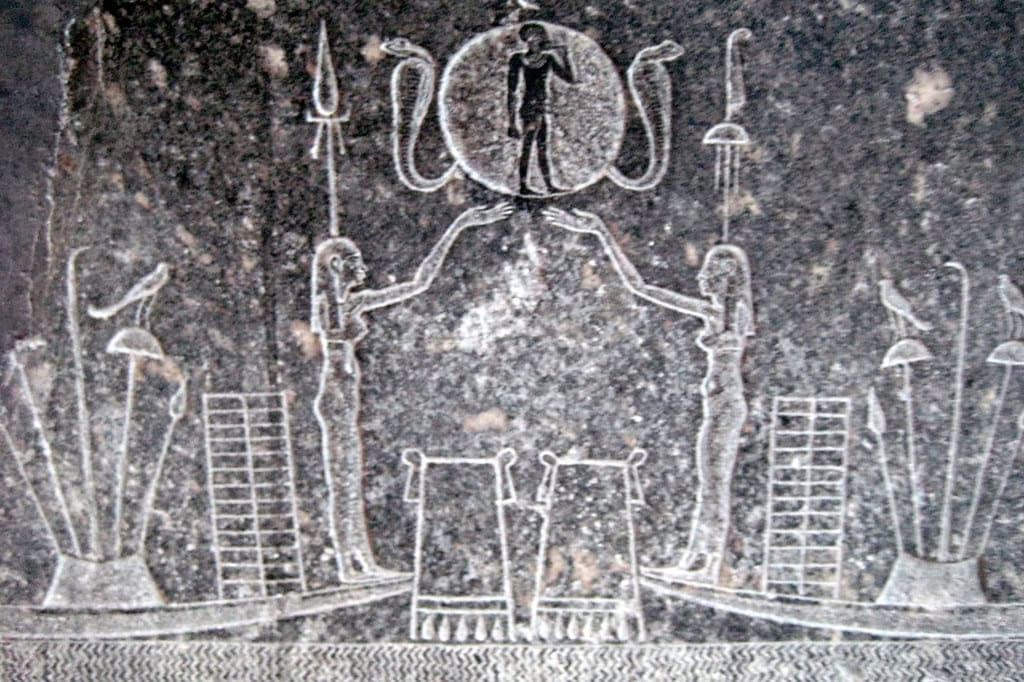
Material evidence of frog worship appears consistently throughout Egypt’s archaeological record. Excavations have uncovered countless frog-shaped artifacts spanning from the Predynastic Period (c. 5500-3100 BCE) through the Roman era. These include elaborate faience figurines, ceremonial vessels, jewelry, and religious implements. The British Museum houses several remarkable examples, including a Middle Kingdom (2055-1650 BCE) frog amulet made of amethyst, suggesting these items were not merely common trinkets but valuable religious objects.
Perhaps the most compelling archaeological evidence comes from the temple complex at Abydos, where archaeologists discovered a series of votive offerings in the form of small frog statues, dating to the Early Dynastic Period (c. 3100-2686 BCE). These early artifacts demonstrate that frog veneration predates many other Egyptian cults. Tomb paintings and reliefs frequently depict frogs in religious contexts, often alongside symbols of life and renewal. Particularly noteworthy is the discovery of specialized containers for mummified frogs, indicating that these creatures received similar funerary treatment to sacred cats and ibises in later periods. The widespread distribution of these artifacts across geographic regions and time periods confirms that frog worship was not a minor cult but a fundamental aspect of Egyptian religious practice.
The Plagues of Egypt: Frogs as Divine Punishment
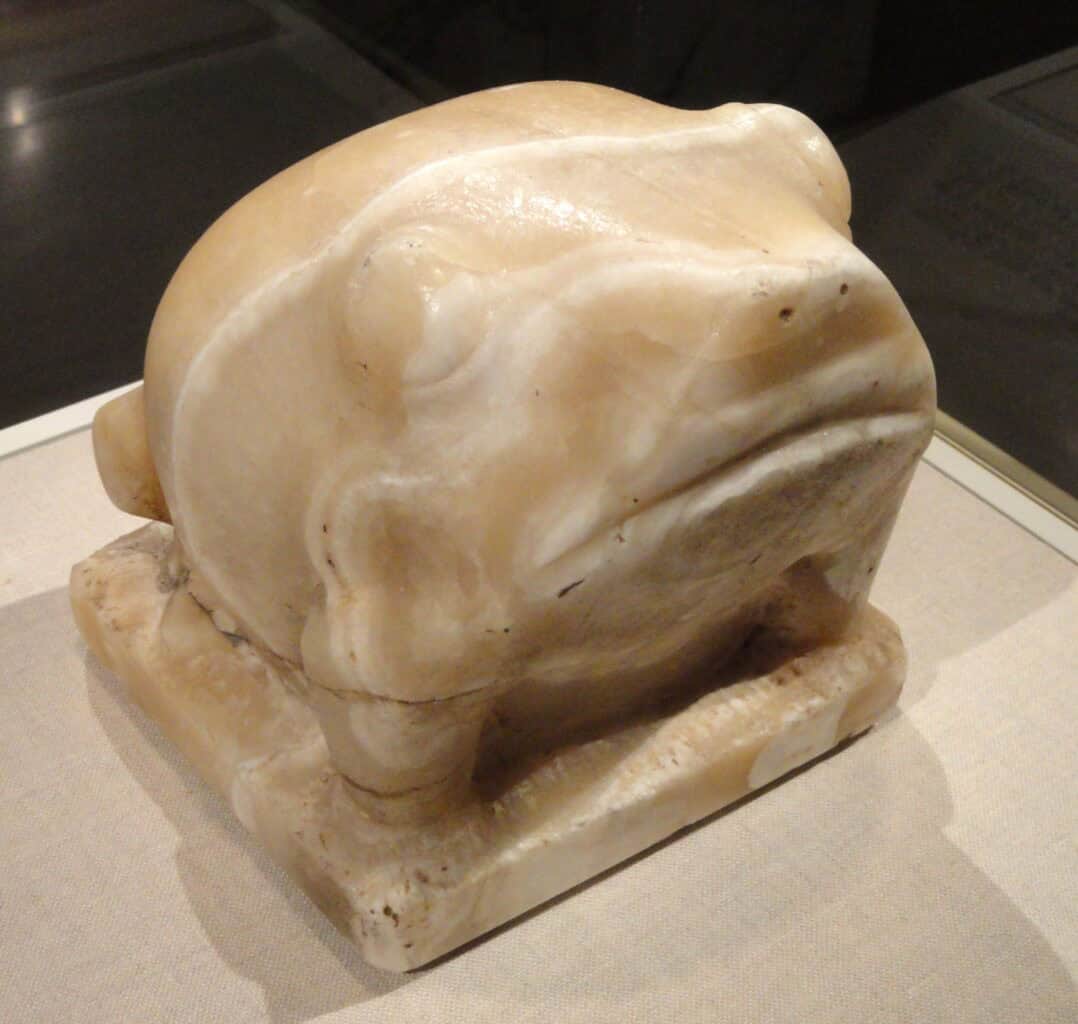
Interestingly, the religious significance of frogs in Egypt is also documented in non-Egyptian sources, most famously in the biblical account of the Ten Plagues in the Book of Exodus. According to this narrative, the second plague inflicted upon Egypt was an overwhelming infestation of frogs that invaded homes, bedchambers, and even cooking ovens. Scholars note the particular irony of this plague—God turned a venerated Egyptian symbol against its worshippers, creating chaos from a creature normally associated with blessing and abundance.
This biblical account provides insight into how Egyptian frog worship was perceived by outside cultures. The text specifically mentions that Egyptian magicians could summon frogs but couldn’t remove them, suggesting an acknowledgment of Egyptian spiritual practices involving these amphibians. While the historicity of the biblical account remains debated, it reflects an understanding that disrupting the natural balance of frogs would be particularly disturbing to Egyptian religious sensibilities. This external perspective reinforces our understanding of how central frog worship was to Egyptian culture—significant enough that foreign accounts specifically identified it as a key vulnerability in the Egyptian religious system.
Frogs in Egyptian Art and Hieroglyphics

Frogs appear frequently in Egyptian artistic representations and formal writing systems. The hieroglyph depicting a frog (Gardiner sign I7) carried multiple meanings depending on context. Most commonly, it represented the concept of “hundred thousand” (ḥfn), connecting frogs to abundance. The same symbol could function as a determinative for words related to transformation or existence. Artists took care to render frogs accurately in tomb paintings and temple reliefs, capturing distinctive anatomical features that identified them as specific Egyptian species, usually the African clawed frog (Xenopus laevis).
Beyond formal religious art, frogs appeared on everyday objects like cosmetic containers, furniture, and household items. Artistic conventions evolved over time, with Old Kingdom representations favoring naturalistic depictions, while New Kingdom artists often incorporated more symbolic elements emphasizing the frog’s divine attributes. The famous “frog lamp” designs from the Late Period (664-332 BCE) show frogs with exaggerated features sitting atop lotus flowers, combining symbols of rebirth into powerful talismanic objects. Artists working in different media—from stone carvers to painters and metalworkers—developed specialized techniques for rendering frogs, indicating the cultural importance of representing these creatures accurately and reverently across all aspects of Egyptian visual culture.
Regional Variations in Frog Worship

While frog worship was widespread throughout ancient Egypt, archaeological evidence reveals interesting regional variations in practices and emphasis. In Lower Egypt (the northern Nile Delta region), frog cults tended to emphasize fertility aspects, with greater numbers of frog amulets discovered in women’s tombs and domestic contexts. In Upper Egypt (the southern region), particularly around Elephantine and Aswan, frogs assumed more cosmic significance, often appearing in temple contexts alongside solar deities and creation imagery.
These regional differences likely reflected local environmental conditions and the varying significance of frogs in different ecological zones. In the marshy Delta region, frogs were year-round residents and thus more associated with everyday fertility. In the more arid southern regions, their dramatic appearance after seasonal rains emphasized their connection to cosmic rebirth cycles. By the New Kingdom period (1550-1070 BCE), these regional traditions had largely merged into a more standardized national cult, though local variations persisted in folk practices. The Fayum region developed particularly elaborate frog rituals related to Lake Moeris, where unique species of frogs were ceremonially collected during specific lunar phases for religious ceremonies combining Egyptian and later Greek elements, demonstrating how frog worship adapted to changing cultural influences while maintaining its essential character.
The Evolution of Frog Worship Through Egyptian History
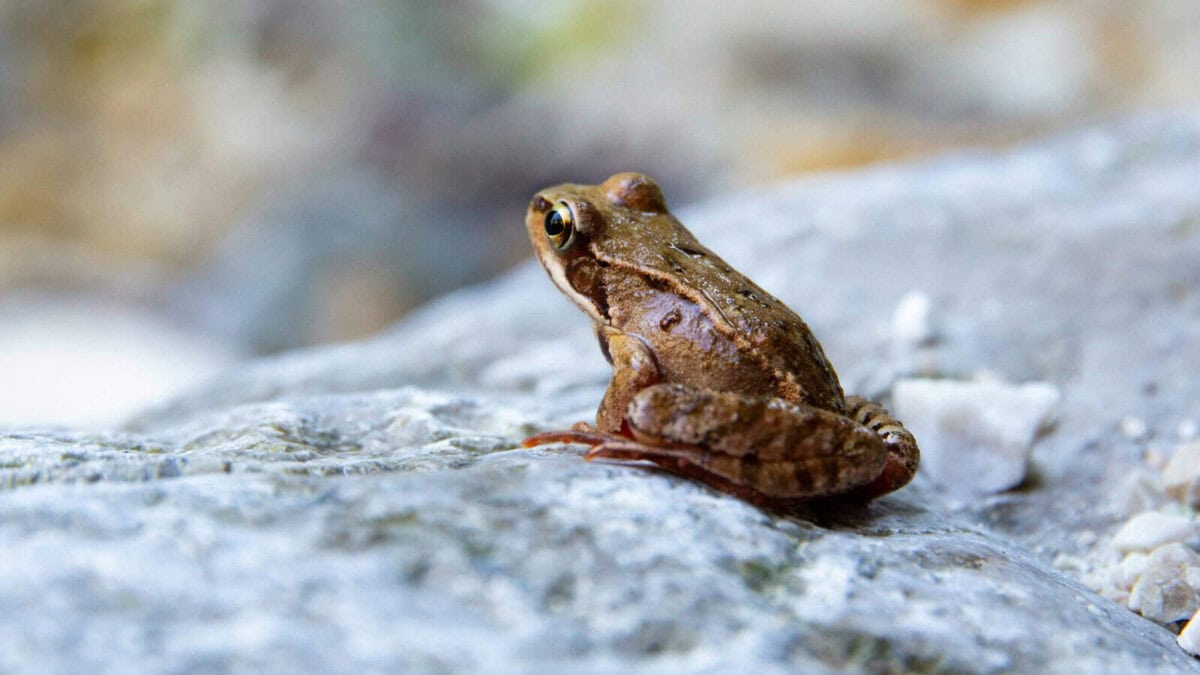
Frog worship underwent significant evolution throughout Egypt’s three-thousand-year civilization. Evidence suggests that frogs were venerated even in Predynastic times (before 3100 BCE), with simple frog figurines found at Neolithic sites. During the Old Kingdom, frog worship became more formalized as Heqet entered the official pantheon. The Middle Kingdom saw the expansion of frog symbolism into funerary contexts, with increased production of frog amulets for burial. By the New Kingdom, Heqet had achieved significant status, appearing in royal birth scenes and major temples.
During the Late Period and Ptolemaic era (664-30 BCE), as Egyptian religion responded to foreign influences, frog worship incorporated elements from Greek traditions, with Heqet sometimes associated with aspects of Artemis. Roman-era Egypt saw a decline in traditional frog worship, though the amphibian maintained significance in folk magic and domestic rituals even as official temple practices diminished. This evolution demonstrates how remarkably resilient frog worship proved throughout Egyptian history, adapting to changing political and religious circumstances while maintaining core symbolic associations with life, fertility, and resurrection. Even as Egypt transitioned to Christianity in the early centuries CE, frog imagery occasionally appeared in Coptic contexts, showing how deeply ingrained these symbols remained in Egyptian cultural consciousness.
Comparing Frog Worship to Other Animal Cults in Egypt
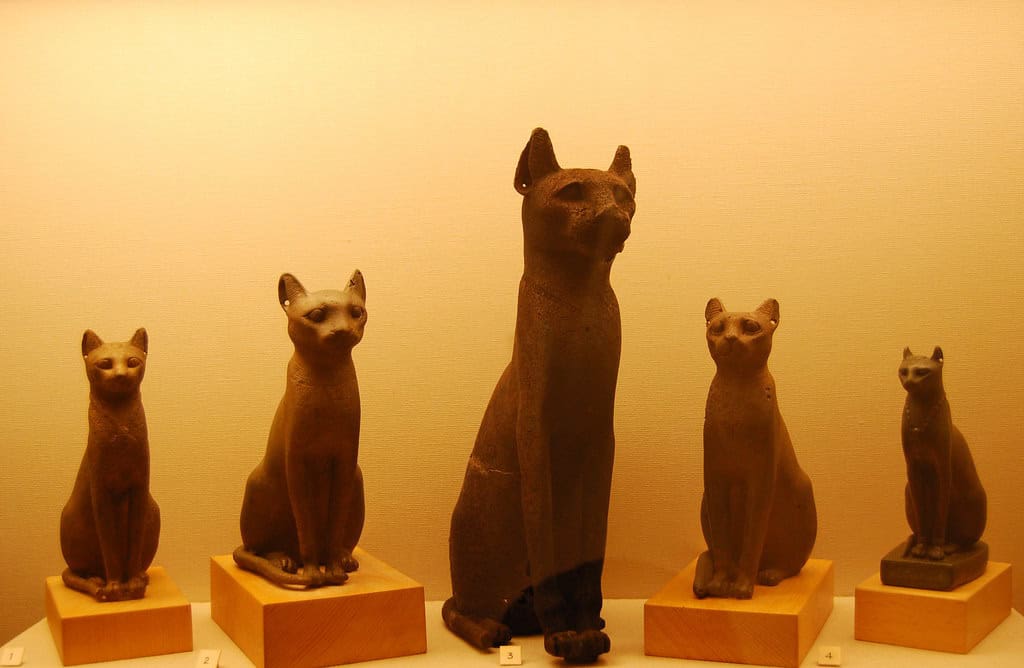
Ancient Egypt maintained numerous animal cults, with creatures like cats, ibises, crocodiles, and bulls receiving various forms of veneration. Frog worship differed from many of these cults in significant ways. Unlike the cult of Apis (the sacred bull) or the cat goddess Bastet, frog worship rarely involved maintaining living sacred specimens in temples. While cats and ibises were mummified by the millions as offerings, frog mummification occurred less frequently and on a smaller scale, suggesting a different relationship with the actual animals.
Another distinction lies in the symbolism—while many animal cults gained prominence during specific historical periods (often through royal patronage), frog worship maintained remarkable consistency throughout Egyptian history. Unlike some animal cults that were localized to particular regions, frog veneration appeared universally across Egypt. This widespread, enduring nature of frog worship suggests it connected to fundamental aspects of Egyptian religious thought rather than specific political or regional developments. While some animal cults emphasized the dangerous powers of creatures like crocodiles or snakes that needed appeasement, frog worship focused almost exclusively on beneficial aspects, presenting these amphibians as uniformly positive forces in Egyptian cosmology—a distinction that highlights their special place in the complex hierarchy of Egyptian animal veneration.
The Legacy of Egyptian Frog Worship
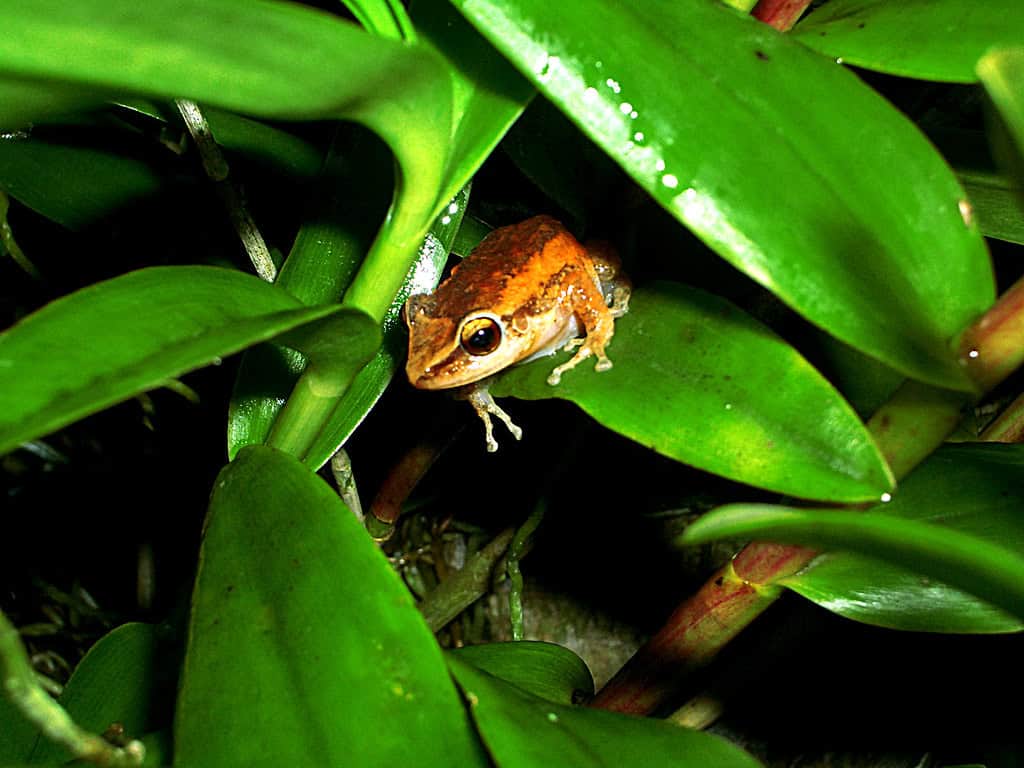
The ancient Egyptian veneration of frogs represents one of history’s most fascinating examples of how human cultures derive spiritual meaning from the natural world. Throughout Egypt’s long civilization, frogs maintained their sacred status by embodying fundamental concepts essential to Egyptian worldview: creation, fertility, abundance, and resurrection. Archaeological evidence from every period confirms that frog worship wasn’t merely a curiosity but a central element of Egyptian religious practice that transcended social classes and regional boundaries. These humble amphibians connected everyday Egyptian life to cosmic forces through their remarkable biological cycles that coincided with crucial environmental patterns.
The persistence of frog symbolism across three millennia of Egyptian history demonstrates the remarkable coherence and adaptability of Egyptian religious thought. Even as political systems rose and fell, frogs maintained their divine associations, evolving from simple fertility symbols to complex theological figures. This enduring legacy offers modern scholars valuable insights into how ancient Egyptians observed and interpreted their natural environment, finding profound meaning in the creatures that shared their Nile Valley home. In the sacred frog, we discover not just an odd historical curiosity but a window into the Egyptian soul—their hopes for renewal, their celebration of life’s abundance, and their profound belief in the possibility of resurrection and eternal existence.
- 13 Ways to Keep Your Indoor Cat Entertained - August 17, 2025
- How This Giant Predator Ruled the Ocean 200 Million Years Ago - August 17, 2025
- Pterosaurs Had Fur, Not Feathers - August 17, 2025

